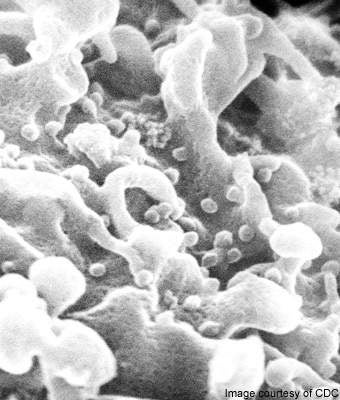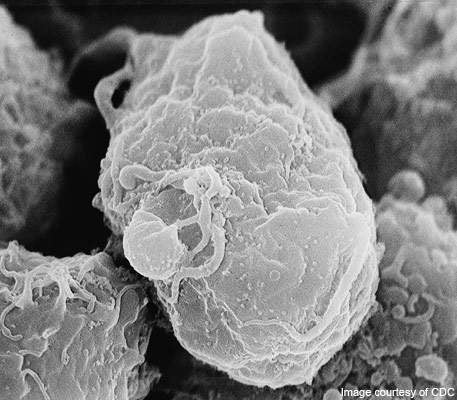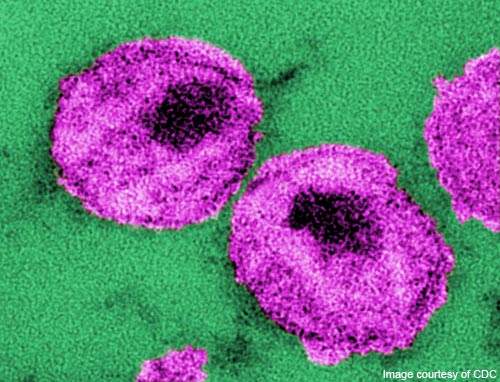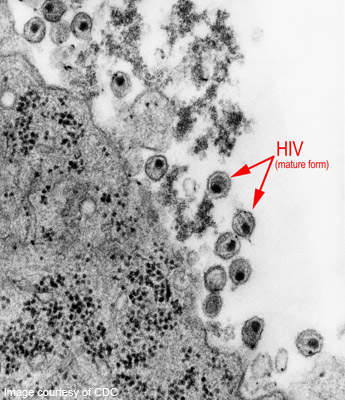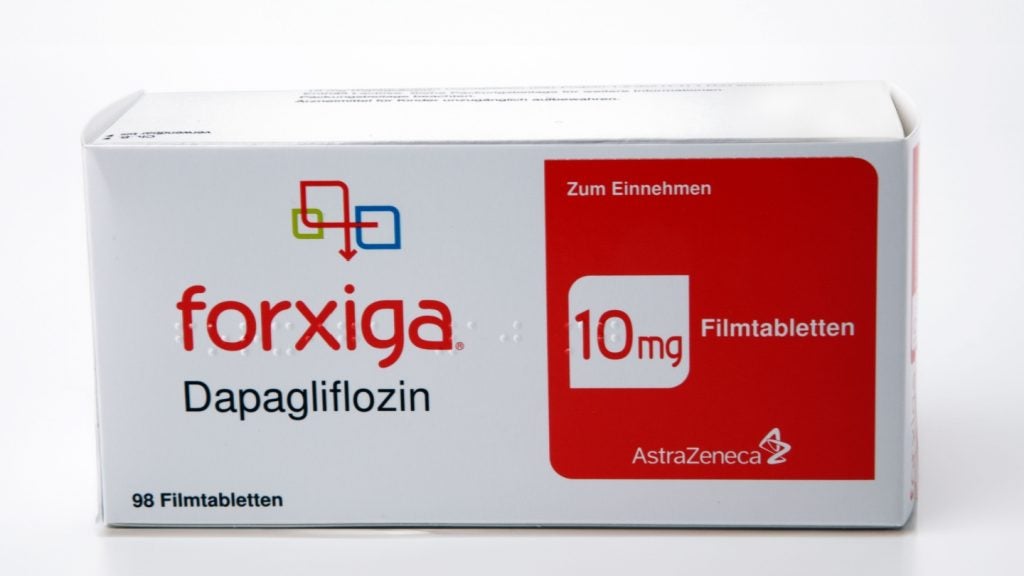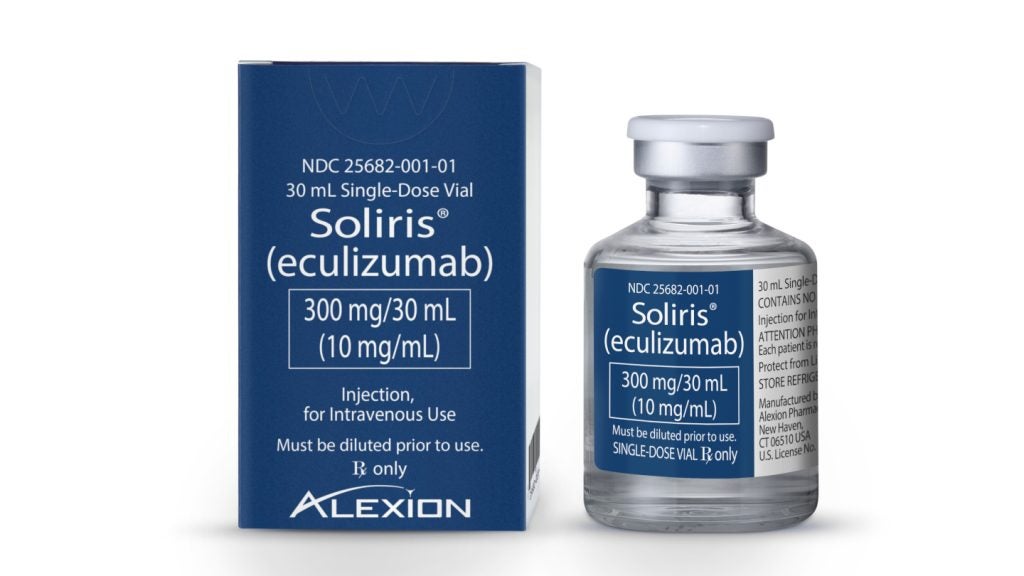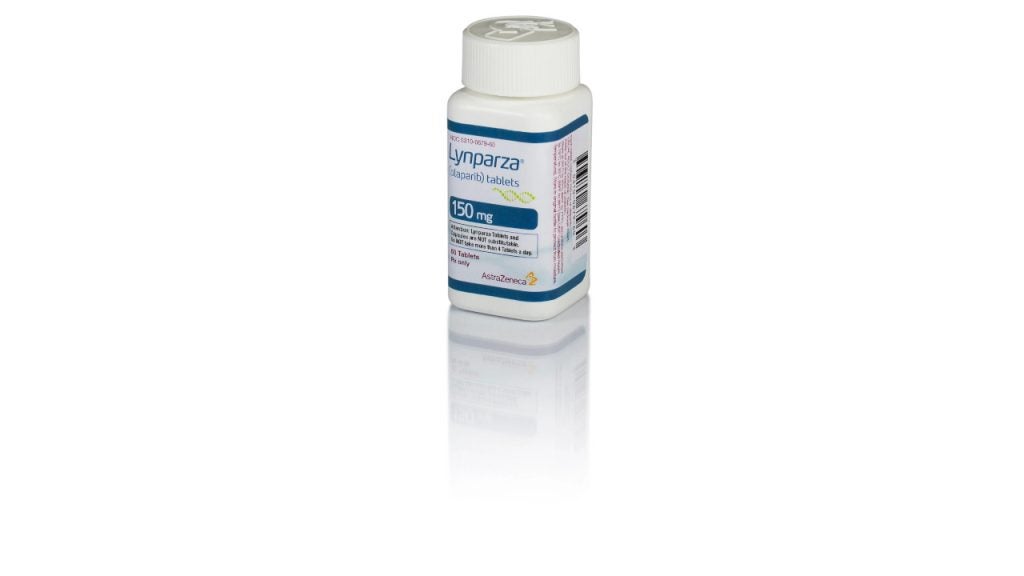Merck’s Crixivan (indinavir sulphate) is a first-generation HIV-protease inhibitor. Drugs such as indinavir have demonstrated their ability to significantly improve the health of patients with acquired immune deficiency syndrome (AIDS). They have also helped to increase the lifespan of people suffering from AIDS.
In November 2009, a generic version of indinavir manufactured by Ranbaxy was included in the World Health Organisation’s (WHO) pre-qualification list. With the addition of indinavir, Ranbaxy now has 19 antiretrovirals on the overall WHO pre-qualification list.
Inclusion in the list will enable Ranbaxy to provide indinavir at affordable prices to over 70 markets across the world.
In May 2010, Merck announced it would offer indinavir at discounted prices to government-run AIDS Drug Assistance Programmes (ADAPs). ADAPs have been suffering from a funding crisis, forcing them to put several HIV patients on waiting lists for medication. Merck’s initiative is expected to help thousands of HIV patients gain access to treatment.
AIDS
AIDS affects the human immune system. The disease is caused by the human immunodeficiency virus (HIV).
The virus progressively affects the immune system, leaving sufferers susceptible to infections and tumours. The disease can be passed on via contact of a mucous membrane, or through contact with bodily fluids such as blood, vaginal fluid, semen and breast milk.
AIDS damages the immune system, causing infections triggered by bacteria, viruses and fungi progressively increase. As a result the immune system is unable to fight against these infections leading to various cancers and tumours.
The HIV virus can affect any organ system in the body and lead to conditions such as Kaposi’s sarcoma, cervical cancer, fevers, night sweats, swollen glands, weakness and weight loss.
Genetic research has shown that HIV originated in west-central Africa in the late 19th or early 20th century. The Centers for Disease Control and Prevention in the US first documented AIDS in 1981. HIV, the cause of the disease, was recognised in the early 1980s.
There is no cure for AIDS, although a few treatments can slow the course of the disease. These treatments include highly active antiretroviral therapy (HAART). This treatment was first introduced in 1996 and has proven to be highly beneficial to many HIV-infected people.
HAART treatments include a combination of at least three types or classes of antiretroviral agents, which aim to reduce complications, infections and HIV viremia below the limit of detection. Although HAART treatment does not cure a patient of AIDS nor or prevent its return, it can improve their overall health and quality of life.
Indinavir: first-generation HIV-protease inhibitor
Indinavir sulfate is a hydroxyaminopentane amide identified from a string of protease inhibitors in the 1990s.
The drug stops cleavage of viral polyproteins, resulting in the creation of immature non-infectious viral particles. It has seven active metabolites, one glucuronide conjugate and six oxidative metabolites.
Administration of indinavir reduces a person’s risk of contracting any of the secondary illnesses that patients with HIV or AIDS often suffer from and lengthens the time that the HIV virus can be suppressed. Compared to earlier antiretroviral drugs, indinavir is considered to be much more potent.
A combination of the drug with dual nucleoside/nucleotide reverse transcriptase inhibitors (NRTIs) set a new standard for treatment of HIV/AIDS. It also laid the foundation for the design and introduction of subsequent antiretroviral drugs.
Clinical trials lead to FDA approval
Indinavir received approval from the US Food and Drug Administration (FDA) in March 1996. It was the eighth antiretroviral approved by the FDA after being studied in more than 2,000 patients. The drug was approved under the FDA’s accelerated approval regulations, which were based on 24-week studies.
The studies showed improvements in markers of HIV disease progression including large viral load decreases and count improvements of CD4, a glycoprotein. The improvements were increased when indinavir was administered in combination with other antiretrovirals.
Indinavir was well tolerated in Phase I/II trials, although a few side effects were reported. In a Phase III randomised, controlled, clinical end-point study, 1,156 patients were enrolled.
The study showed that the drug in combination with zidovudine and lamivudine significantly slowed the progression of AIDS. Long-term studies are being carried out to test the impact of indinavir in preventing clinical progression of HIV disease.
Marketing commentary
AIDS has now been categorised as a pandemic. In 2007, it was estimated that about 33.2 million people were affected by the disease across the world. It was also estimated that the disease was responsible for the death of 2.1 million people, including 330,000 children.
Protease inhibitors such as indinavir altered the nature of the AIDS epidemic and transformed it from being a terminal illness to a more manageable one.
Since indinavir is only a first-generation protease inhibitors, the drug is being increasingly replaced by newer drugs such as lopinavir or atazanavir, which are more convenient to administer and less likely to develop resistance to the virus. Nevertheless, indinavir remains a key antiretroviral drug in the market.


